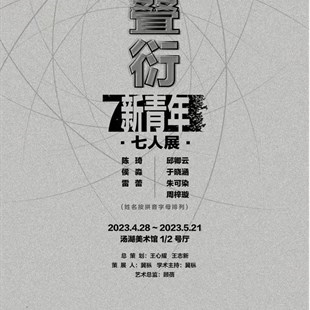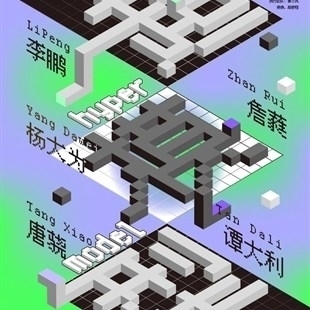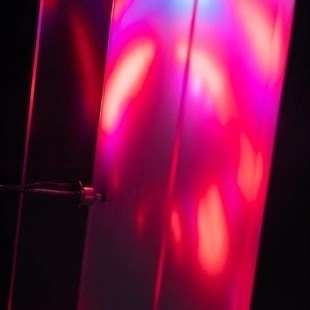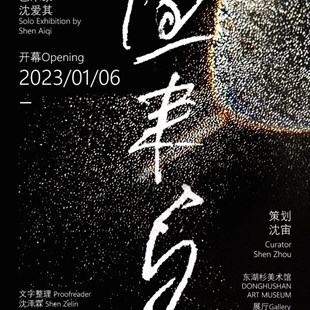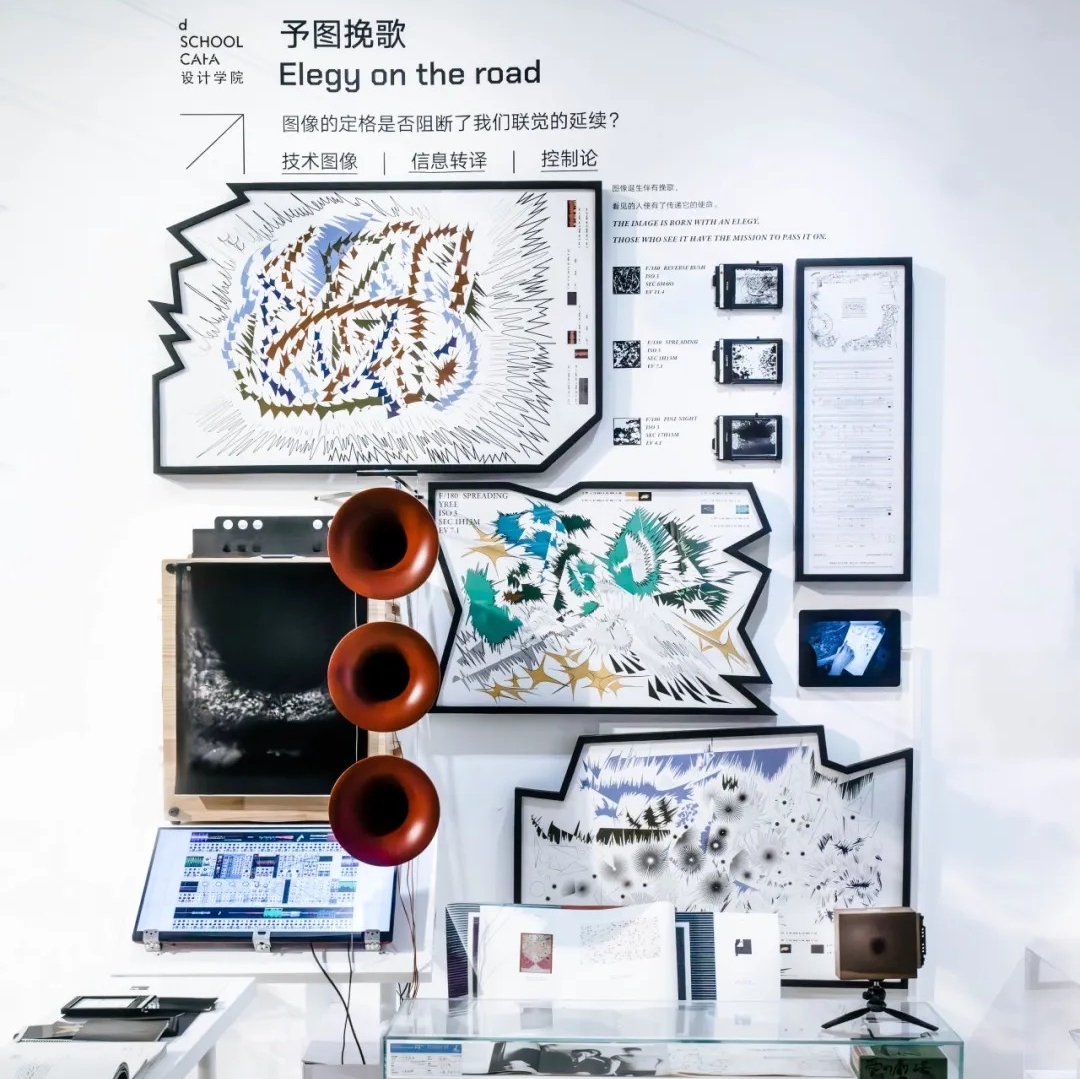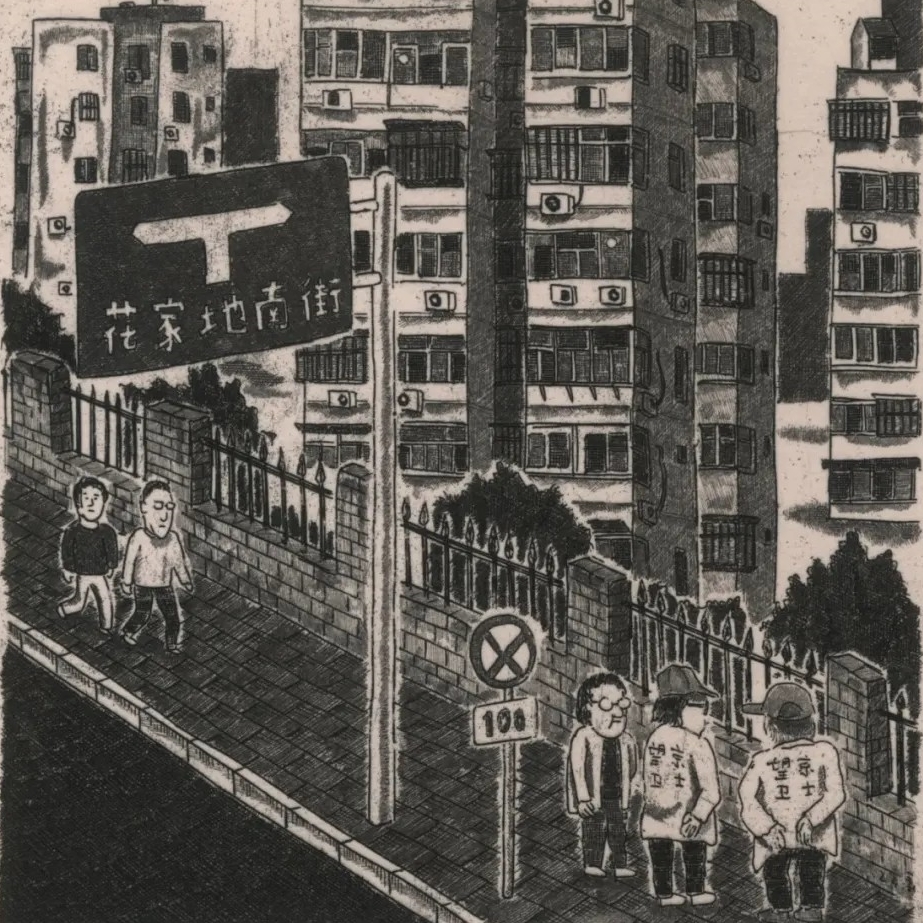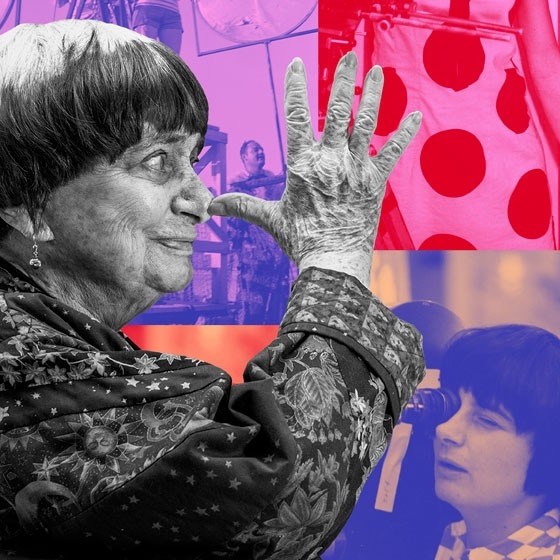To build an art platform for contemporary international cultural exchanges, and to set a benchmark for the culture and art of the central region. From December 2022 to May 2023, the 2022 Wuhan Biennale is held in Wuhan. Themed on "Communication Through Art", this biennial invites outstanding artists from all over the world. Wuhan Art Museum (Qintai Museum), Wuhan Art Museum (Hankou Museum) and He Art Museum, which are located in three towns of Wuhan, jointly exhibit their excellent works at the same time.




 View of the Opening Ceremony
View of the Opening Ceremony Posters of Five Sections
Posters of Five Sections
"Biennale" is one of the most internationally influential large-scale art exhibitions with the characteristics of openness, modernity and innovation. Wuhan Biennale 2022 is sponsored by China Artists Association, Wuhan Municipal People's Government and Hubei Provincial Department of Culture and Tourism, and undertaken by China Federation of Arts and Art Center, Publicity Department of Wuhan Municipal Committee of the Communist Party of China, Wuhan Culture and Tourism Bureau and Wuhan Federation of Literary and Art Circles. Co-organized by Wuhan International Cultural Exchange Center, Wuhan Art Museum (Qintai Museum), Wuhan Art Museum (Hankou Museum) and He Art Museum.
Team of General Curators

Fan Di'an, President of Central Academy of Fine Arts and Chairman of China Artists Associaiton Wu Weishan, Director of the National Museum of China, Deputy Chairman of China Artists Association
Wu Weishan, Director of the National Museum of China, Deputy Chairman of China Artists Association Ma Fenghui, Party Secretary of China Artists Association and Deputy Chairman of China Artists Association
Ma Fenghui, Party Secretary of China Artists Association and Deputy Chairman of China Artists Association




 Members of the Curators Committee (Arranged by number of strokes of surnames)
Members of the Curators Committee (Arranged by number of strokes of surnames)
Among the five sections, three are located at the Wuhan Art Museum (Qintai). Shao Xiaofeng, Director of the Exhibition Department of the National Art Museum of China, is the curator of the "Culture Form" section. The section consists of four chapters — " History of Human Culture," "Artistic Conception of Mental Images," "Affections in Anti-epidemic Days" and "Changes Brought by Design," — in which the world-class art pieces present Chinese culture and tell stories about Wuhan.
Wu Hongliang, President of the Beijing Fine Art Academy as well as Deputy Director of the Exhibition Planning Committee of the China Artists Association, presides over the "Urban Morphology" section. Its three parts — "Physical World," "Emotional World" and "Digital World" — highlight the city from the perspectives of the urban landscape, emotional expression, and virtual space.
Qiu Zhijie, Vice President of the Central Academy of Fine Arts, is in charge of the "Innovation Trend" section which is comprised of "Affection," "Collaboration," and "Action." This section focuses on how contemporary artists around the world respond to and participate in the new scientific and technological revolution and social innovation as well as explore new human experiences. Their vivid practices have paid a tribute to the heroic city of Wuhan.
The "Green Ecology" section at the Wuhan Art Museum (Hankou) is curated by Sheng Wei, Deputy Editor in chief of the magazine "Art." Divided into "Metal," "Wood," "Water," "Fire" and "Earth," the section combines art with real life and displays green ecology using artistic languages.
Zhang Zikang, Director of CAFA Art Museum, is in charge of the "Open Attitude" section at the United Art Museum. With the artistic background of "openness, integration, and future," this section reflects the future-oriented, multi-dimensional, and synchronous artistic ecology and phenomena that are set in different spaces, and presents the latest works of artists from China and other countries around the world.
In addition to the linkage of the three pavilions, the 2022 Wuhan Biennale also holds a series of cultural and artistic activities, such as aesthetic education volunteer activities, academic forums, and artists' style collection. The exhibition is combined with cultural tourism activities such as Wuhan cherry blossom appreciation season, to create a comprehensive effect and rich experience of the exhibition driven by the city and the integration of culture and tourism in a specific time. Wuhan Art Museum (Qintai Museum) aims to become the national art lovers "punch in" the holy land and tourists must visit, Wuhan will be built into the "art city without walls", promote the vigorous development of Wuhan cultural tourism industry.
Wuhan Art Museum (Qintai Museum)
“Two rivers, four embankments, and eight forest belts brilliantly lit under the night sky” extolled one poet who was amazed by the beautiful scenery in the Wuhan section of the Yangtze River. As for the cultural landmarks of Wuhan, after Qintai Grand Theater and Qintai Concert Hall, there is a new landmark — Qintai Art Museum.
Qintai Art Museum is located in the central arts & cultural area of Qintai in the Hanyang District of Wuhan, overlooking Meizi Hill across Yuehu Lake, with a construction area of about 43,000 square meters. The undulating roof of the museum is formed by an abstract stepped terrace. The risers of the steps are lined using a silver metallic surface, while the treads are covered with white stones and low vegetation, traversed by winding planked walking paths.
The museum has one underground floor and two above-ground floors (partial mezzanine), with a total exhibition hall area of about 10,000 square meters, including Exhibition Hall A of 3,800 square meters (1F); Exhibition Hall B of 1,400 square meters (2F); Exhibition Hall C of 1,400 square meters (2F); Exhibition Hall D of 1,400 square meters (-1F), and Exhibition Hall E of 2,000 square meters (-1F). The combination of the exhibition area and roof shape has created a unique exhibition space. Each exhibition hall is independent and flexible.
In addition to the exhibition hall, the comprehensive supporting services area includes 2,909 square meters of leisure space with sections for the café, a creative art restaurant, culture creations and art store (bookstore), two academic lecture halls totaling 460 square meters, and a public bag storage area of 105 square meters. Additionally, the rooftop paths of nearly 700 square meters and three terraces with a total area of 1,000 square meters, will bring visitors a new spatial experience and artistic enjoyment.

















 Exhibition View at Wuhan Art Museum (Qintai Museum)
Exhibition View at Wuhan Art Museum (Qintai Museum)
Wuhan Art Museum (Hankou Museum)
The Wuhan Art Museum (Hankou) was established in 1986 on the site of the display hall of the clay sculpture "Rent Collection Courtyard," on the east side of the former Wuhan Exhibition Hall. In 2008, it was moved to the prosperous center of Hankou — the former "Jincheng Bank" building at the intersection of Nanjing Road, Huangshi Road, and Zhongshan Avenue. The original external features of the building were retained, while the internal structure was redesigned and renovated based on the requirements of the museum's functions and facilities, integrating the original bank building and the nearby Jinchengli area. The total construction area of the new site is 12,139 square meters, encompassing seven exhibition halls covering 4,230 square meters and a total displaying length of more than 1,000 meters. Among them, the third hall is 8.4 meters in height and 688 square meters in area. All halls are equipped with movable exhibition boards and walls on slide tracks, making exhibition arrangement more flexible and visually variable. An internationally advanced professional lighting system accentuates the exhibits and creates an elegant artistic atmosphere. They are also equipped with advanced central air-conditioning that regulates temperature and humidity, 24/7 security, a fire monitoring system, and other automated management facilities. In addition, the museum has many functional areas for training, artwork repairs, salons, and galleries, making possible activities like exhibitions, academic researches, art education and exchanges.
As a key cultural institution in Wuhan, the Wuhan Art Museum (Hankou) is tasked with the responsibility to collect, research into, and display national art treasures. It also shoulders such missions as civic education, international cultural exchanges, and the promotion of contemporary art development. Since the opening of the new museum in 2008, it has fully performed the artistic and social functions of a large art museum and provided a broad platform for the exchange and the display of contemporary art in Wuhan, increasingly showcasing the vitality of a regional art center. In 2015, it was selected as a national key art museum by the Ministry of Culture.
























Exhibition View at Wuhan Art Museum (Hankou Museum)
He Art Museum
He Art Museum is located at No. 16, Yezhi Lake West Road, Hongshan District, Wuhan City. It was officially opened to the public in 2015. The shape of the museum is pure white stone surface, suspended in water. The total construction area is nearly 10,000 square meters. The space layout of the museum is three floors above ground (including mezzanine) and one floor underground. Ten independent exhibition Spaces surround in sequence; The academic lecture hall has multiple functions, a large professional painting library and first-class security facilities, providing a first-class and complete service system for the exhibition of diverse contemporary art works at home and abroad. Equipped with world-class hardware and software facilities for exhibition and collection, He Art Museum is a contemporary art museum integrating collection, research, exhibition, education, communication and service.















 Exhibition View at He Art MuseumPosters for Wuhan Biennale 2022 / Collateral Events can be viewed at Photo Gallery following this page.
Exhibition View at He Art MuseumPosters for Wuhan Biennale 2022 / Collateral Events can be viewed at Photo Gallery following this page.
Courtesy of Wuhan Biennale 2022, edited by CAFA ART INFO.
Image Courtesy of Wuhan Art Museum, He Art Museum and Ai Hai.




